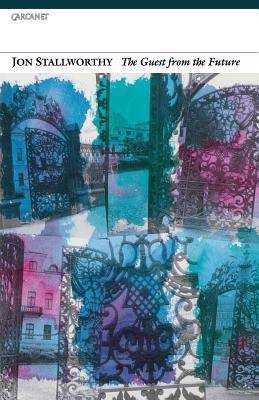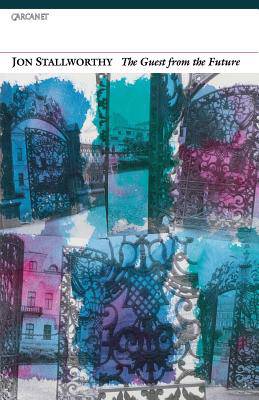
- Afhalen na 1 uur in een winkel met voorraad
- Gratis thuislevering in België vanaf € 30
- Ruim aanbod met 7 miljoen producten
- Afhalen na 1 uur in een winkel met voorraad
- Gratis thuislevering in België vanaf € 30
- Ruim aanbod met 7 miljoen producten
Zoeken
Omschrijving
It represents what Seamus Heaney, the Nobel Laureate in literature, called art's power of "redress." Stallworthy's poems evoke women survivors; the poet Anna Akhmatova; the painter Francoise Cilot, Picasso's lover; a survivor of the siege of Stalingrad; and a woman who escaped war torn Poland, carrying in her bedding-roll a coverlet she was embroidering for her fiance and herself. This refugee's story bears a curious inverse relationship with that of the "Lady of Shalott" Tennyson's patrician artist in her tower, forced to choose between the world and its "shadows" in her mirror opts for the world and is destroyed; Stallworthy's peasant artist engages with the world and is sustained by an art that reflects that engagement.
Specificaties
Betrokkenen
- Auteur(s):
- Uitgeverij:
Inhoud
- Aantal bladzijden:
- 70
- Taal:
- Engels
Eigenschappen
- Productcode (EAN):
- 9780393316933
- Verschijningsdatum:
- 1/09/1997
- Uitvoering:
- Paperback
- Formaat:
- Trade paperback (VS)
- Afmetingen:
- 141 mm x 216 mm
- Gewicht:
- 90 g

Alleen bij Standaard Boekhandel
+ 50 punten op je klantenkaart van Standaard Boekhandel
Beoordelingen
We publiceren alleen reviews die voldoen aan de voorwaarden voor reviews. Bekijk onze voorwaarden voor reviews.











